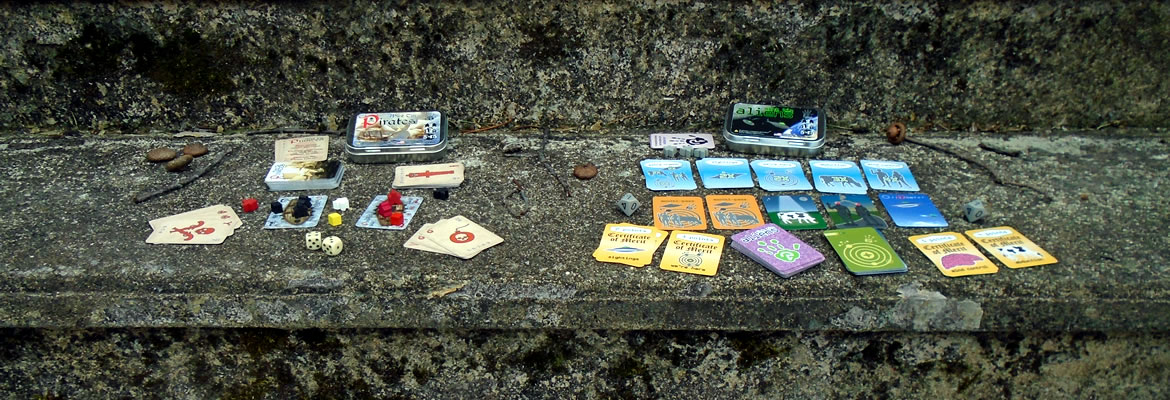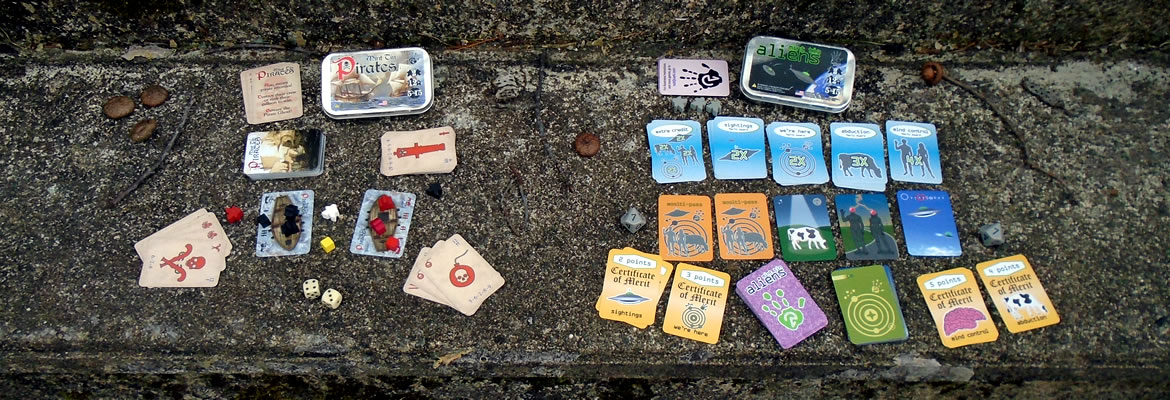Shameless Plug? Sure, plus details
When a new technology or platform comes along, we tend to think of “how can I use it for elearning”?
Second Life, although not new at five years since it started, is still new to the elearning community. It still has that new sparkle to it and continues to improve with each viewer release. The next viewer will have MONO and should result in a noticeably faster script running (up to 220 times faster).
While this has little to do directly with elearning in Second Life, it will increase performance and make for a better all around experience for residents. That is all well and fine, but to return to the premise of this post – we tend to look at this as “how can I put my elearning into that?”
Whether “that” is Second Life or an iPhone, we typically focus on how to deliver our content via the new platform. This is certainly appropriate and yields great results. At DevLearn08, I look at how we can turn that around in regard to Second Life.
Rather than bring elearning into it, bring “it” to elearning. Second Life has some obstacles, none are particularly bad, just obstacles (firewall issues, initial learning curve, limit to number of participants in one place). It is a very rich tool intended to allow a high level of 3D creativity. That is a huge plus for Second Life as all content is created by it’s users. Keeping in mind that it is a shared 3D application helps to understand why it does have occasional issues. To create a sharable 3D application is a mammoth task and quite well done by Linden Labs.
For me, bringing Second Life into elearning means using it as your own personal video studio. The cost and logistics of incorporating real video in elearning is very high. And if you ever need to update the video you have . . . that is nearly impossible (having the same actors, wardrobe, video and audio setup, is difficult). However, creating a Second Life studio means having your own 3D created space with actors that don’t age, are always available (if you use alts and dedicated accounts), saved outfits in their inventories, total control over lighting, et cetera.
The addition of MONO means that subsequent filming will be even smoother and yield higher quality results. The use of this video (machinima) is certainly heavy in it’s 3D “game” style but is an option that is inexpensive and fairly easy to do. Once you have the techniques and settings established, it is easy to shoot video and easy to come back later to update that video.
Techniques and settings to consider will all be presented at DevLearn08 concurrent session 708 and the supporting material will be available for download. These materials include “user guides”, checklists, tip & tricks, tools, video files, and Flash files. Additionally, a sim (island) will be made available for participants of the conference to practice these techniques in a private area with low traffic.
Thanks and I hope to see you there for a very resource heavy presentation with step-by-step discussion of a real world case study. You will definitely be able to come away with “lessons learned” and be able to put this into practice for your elearning.
Second Life Video (Machinima) Tool Links
This is just a start to what will be an exhaustive list of tools used for doing machinima in Second Life for use in your elearning material.
I found this information through hours of searching and hope to save you some time. The links are to products I use in my work now and each product will also be covered in my session at Devlearn08 on using Second Life as an inexpensive video source.
Note: This is a work in progress and User Guides will be created specific to lessons learned in the use of these tools for use in elearning.
Fraps – this is a video capture tool that is often used to record World of Warcraft and other online games. It maintains a very high frame rate (over 30 typically on my machine). Cost: $37 USD
Sizer – this freeware utility is incredibly important for creating as crisp a video as possible. It is also a huge time saver after it’s initial, and easy, set up. Maintaining crisp video is a simple matter of filming the video to the exact size you will be using in your eLearning material, thus avoiding any anti-aliasing.
WavePad – the free version is much easier to use than it initially looks.
FilmingPath – this is an “in world” camera that allows for very smooth camera pans and dolly shots.
QuickTime Pro – If you want to make video podcasts, this is a vital tool for converting your AVI files to the iPod format and it is only $29 USD.
CamStudio – the free screencasting software from which Camtasia was built.














